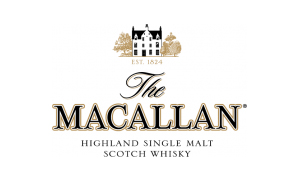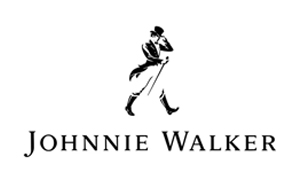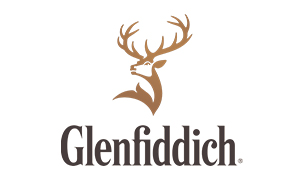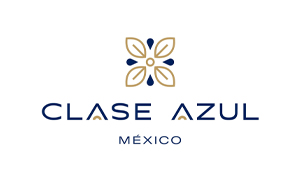Blog
How to Read a Whisky Label Like a Collector

The Language of the Label
In the world of high-end whisky, the label is more than a name; it’s a story. For the collector, every word, number, and icon holds meaning. It can tell you the age, the rarity, the quality, and even hint at future value. Whether you’re shopping for your next investment bottle or selecting a rare gift from Liqir’s top shelf, knowing how to read a whisky label is like having a sommelier whispering in your ear.
This guide will help you decipher the secrets of the label—and collect with confidence.
- Distillery Name – The House Behind the Bottle
The first thing you’ll notice is the distillery name – the brand. But for collectors, it’s more than just branding. Some names carry decades (or centuries) of prestige. Others signal limited releases or cult status.
- Household Names (Macallan, Glenlivet, Highland Park) offer consistency and broad demand.
- Independent Labels (like Compass Box or Signatory) can signal boutique rarity.
- Silent Distilleries (no longer operating) can greatly increase a bottle’s value.
Tip: Always verify the true distillery, especially with independent bottlings. It may not be on the front label.


2. Age Statement – Aged to Perfection… or Not
The age statement tells you how long the youngest whisky in the bottle was aged. A “12-Year” whisky may contain older whiskies too, but none younger.
- Longer aging often means deeper flavor complexity.
- No Age Statement (NAS) isn’t always bad, it just focuses on taste over time.
- Rare vintages, like 25+, become investment-grade depending on distillery and production run.
3. ABV / Alcohol Content – Strength & Style
Measured as a percentage, ABV (Alcohol by Volume) usually ranges between 40–63%. Collectors pay attention to:
Standard ABV (40–46%) for everyday sipping
Cask Strength (50%+) for pure, undiluted flavor, often more valuable
Higher ABV often means the whisky was bottled straight from the barrel with minimal filtration
Tip: Higher ABV doesn’t mean better, just bolder. For collectors, cask strength can mean limited filtration and authenticity.
- Cask Type – Where the Flavor Lives
Whisky spends most of its life aging in oak barrels, each one shaping the final flavor.
- Ex-Bourbon Casks bring vanilla, coconut, and light spice
- Sherry Casks (Oloroso, Pedro Ximénez) offer richness, dried fruit, and deep color
- Port, Rum, Wine Casks are often used for finishing—adding complexity and uniqueness
Bonus Insight: Some bottles list first-fill or second-fill casks—first-fill casks typically impart stronger flavor.
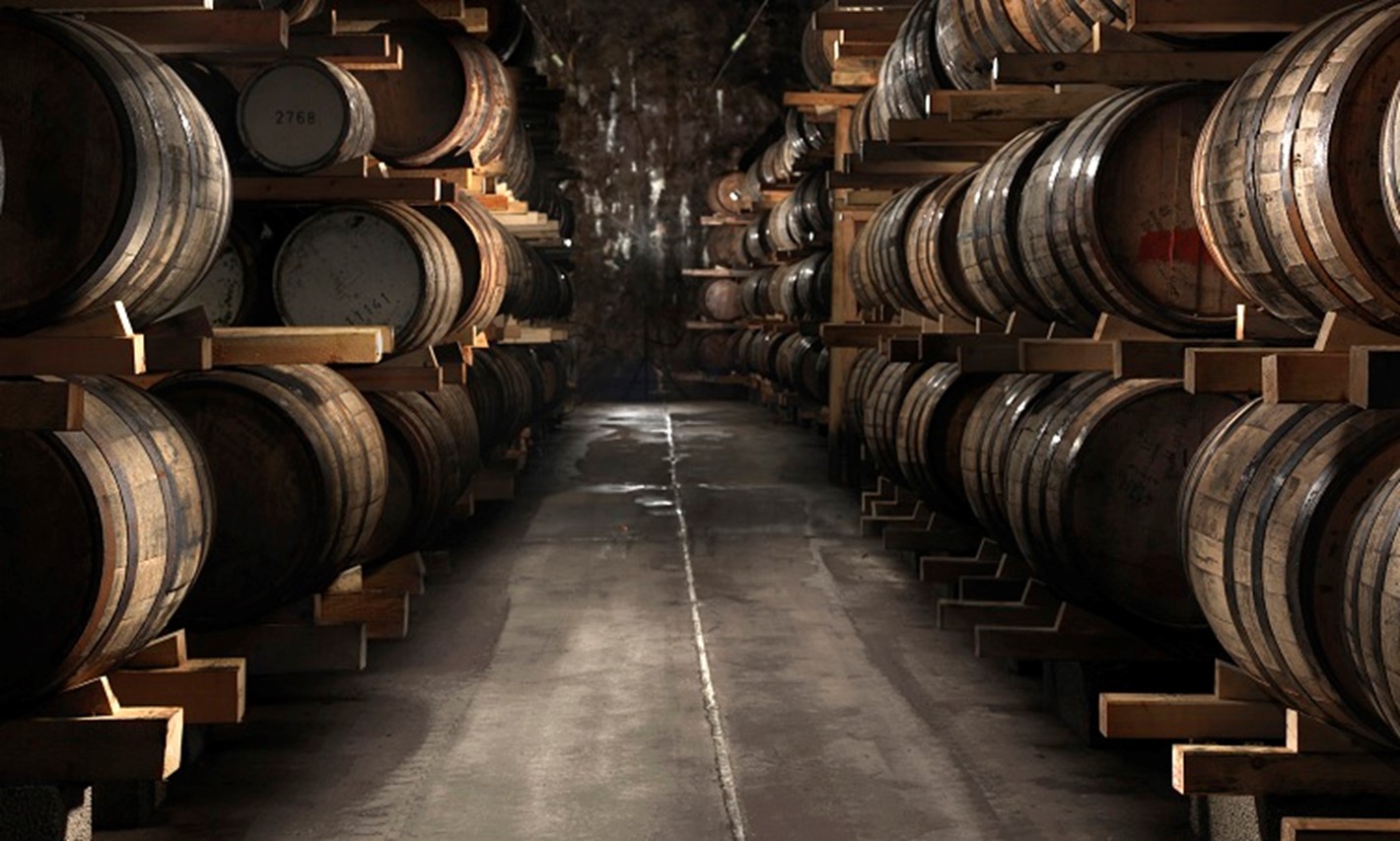
5. Chill-Filtering & Natural Color – Purist Clues
Premium collectors seek transparency, literally.
“Non-chill filtered” means the whisky retains more natural oils and mouthfeel
“Natural color” tells you no caramel coloring was added (a plus for purity)
If these phrases are absent, assume the whisky was filtered and colored for consistency
Tip: These details often appear in smaller print on the back label or near the ABV.

- Bottle Number, Edition & Batch Info – Scarcity Signals
Look for clues like:
- “Bottle No. 0182 of 2000” – Tells you it’s a limited release
- Batch numbers or single cask labels show uniqueness
- Annual editions (like Lunar New Year, Artist Collabs) often appreciate in value
Collectors love specificity. The more exclusive the bottle, the more potential for appreciation—and storytelling.
- 7. Country & Region – Terroir Still Matters
Scotland, Japan, Ireland – even Lebanon. Where your whisky is made still matters:
Islay = Smoky, peaty, maritime
Speyside = Fruity, light, floral
Highlands = Full-bodied, rich
Japan = Refined, precise, balanced
Emerging Regions = Bold experimentation and collector excitement
Bonus Tip – Packaging Says a Lot
Collectors also pay attention to:
- Box or tube included? Increases resale and gifting value
- Label design by artists or luxury designers? Often part of collaborative collectibles
- Bottle shape or glasswork? Aesthetics can enhance shelf presence and resale appeal

Final Sip – Collecting Begins With Reading
Every great bottle has a great label, but not every label is created equally. The more you can read and understand, the better you’ll select bottles with long-term value and unforgettable stories.
At Liqir, we curate bottles not just for taste, but for collectors, storytellers, and those who see whisky as both a spirit and an experience.
So the next time you pick up a new bottle, don’t just look at the name. Look closer, you might just be holding a future legend!


